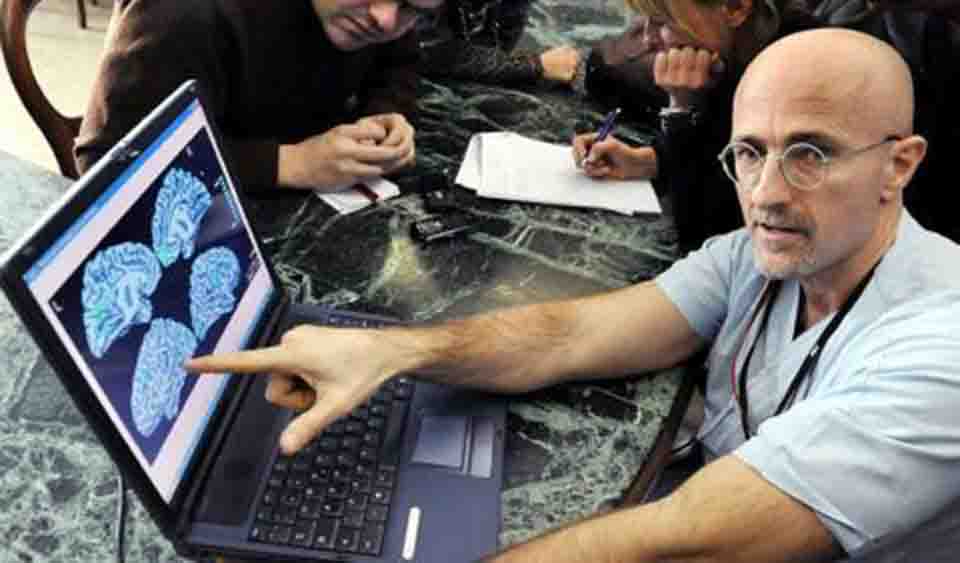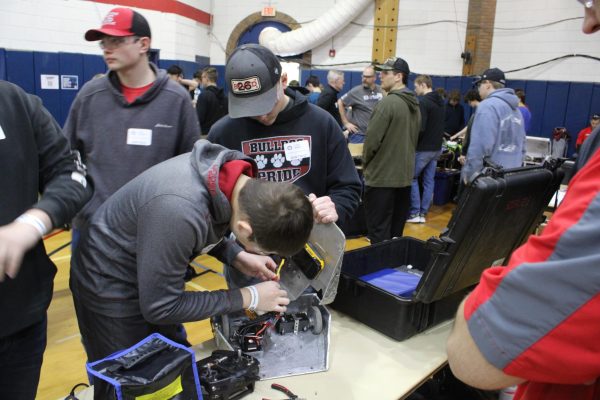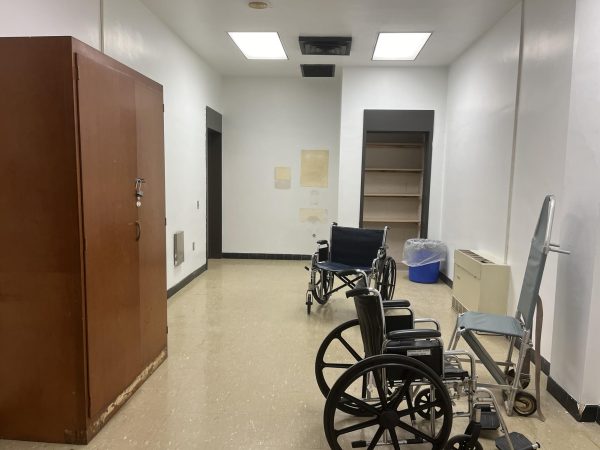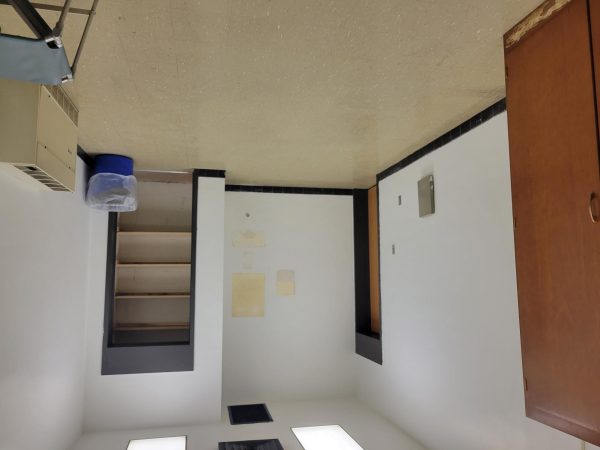Heading to new heights
First human head transplant marks possible medical breakthrough
The first successful kidney transplant took place in 1954, the first successful liver transplant in 1967, the first successful heart transplant in 1968 and Professor Sergio Canavero plans to introduce the world’s first successful head transplant before the end of 2017.
The renowned neurosurgeon, along with medical teams from China, the U.S. and South Korea, has announced his plans to attempt the first human head transplant within the next nine months. While a finalized date and details have yet to be released to the public, the surgeon has noted that the procedure will take place in China with Dr. Xiaoping Ren as the lead surgeon.
While the attempt has yet to take place, Canavero has already announced his ambitions to perform the world’s first successful brain transplant by the end of 2020. In fact, facilities have already been blueprinted to form a stabilized hospital for patients specifically for these procedures.
The procedure itself is expected to last a maximum of 72 hours. Studies have been conducted over the past several years on rats and dogs. After reconnecting spinal nerves in a dog and eventually bringing back movement in the animal, the innovations for this surgery skyrocketed.
This procedure, however, has not been met with all praise and awe. Critics have flooded in their responses to Canavero with their opinions on the danger in this risk on a human life. Many have claimed that the studies conducted on animals participating in the same surgery have only lived for a few hours after the completion of the procedure. Canavero responds by claiming his goal was not to keep the test subjects alive.
The previous patient for this intended surgery was 31-year-old Russian citizen Valery Spiridonov, a victim of the paralyzing Werdnig-Hoffman’s disease. His debilitating disease can be linked to trouble in moving, breathing and eating. These plans have since changed and for unknown reasons, other than the switch in location for the operation, the actual patient for the medical routine will be an unidentified Chinese citizen.
The hopes for this procedure are a newfound life for disabled people—a chance to walk, breath and live on their own without a machine providing these necessities to them. No one is quite sure of how the surgery will conclude, with many variables in mind considering this has never before been attempted in medical history. The body could reject the head, the brain may not be able to teach itself how to move in the new body and other factors play into the results.
Whatever the case, Canavero is fully positive in the capabilities of the Chinese medical team claiming, “Once I attach a new body, I fully expect the head and body to adapt to each other.”
While many details about the plan for this miraculous attempt are still unclear, critics and supporters continue to anxiously await the new technicalities that Canavero and his team are planning to venture.













